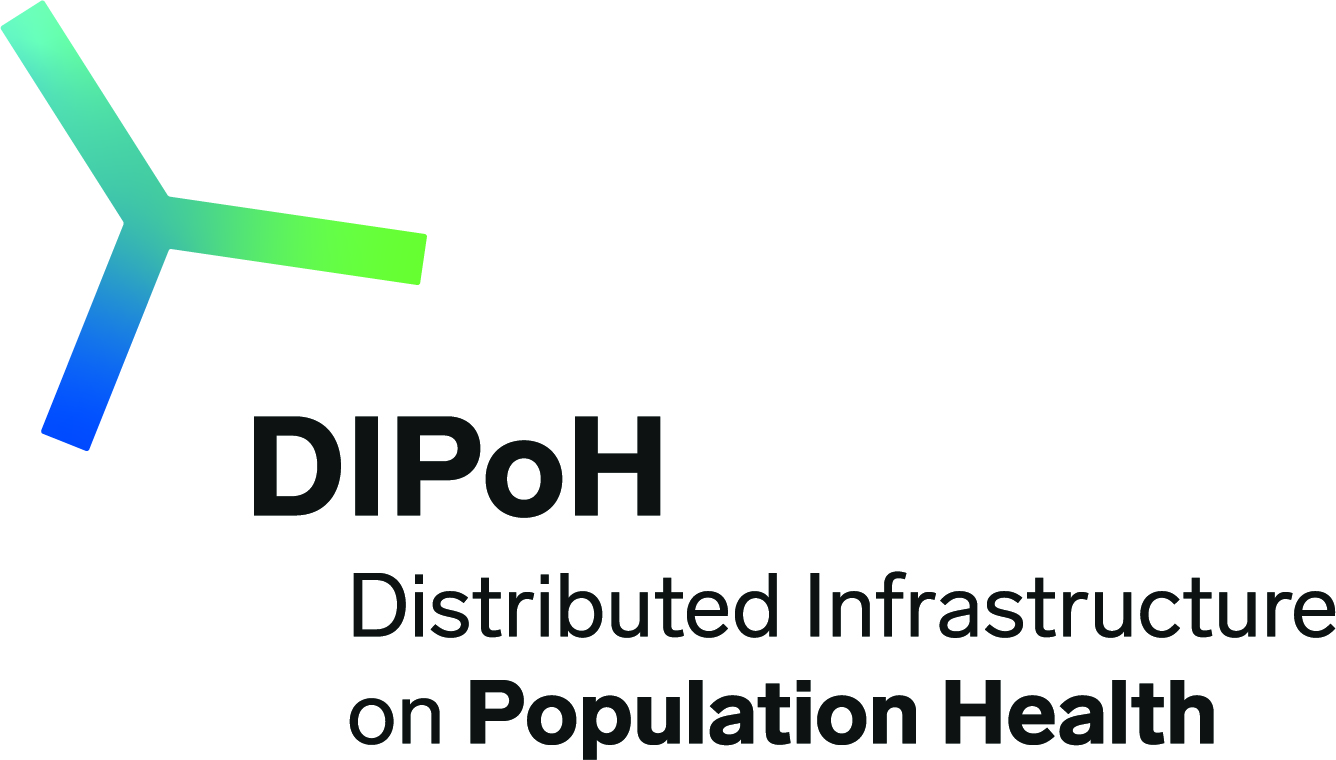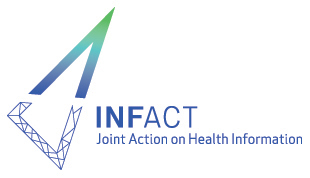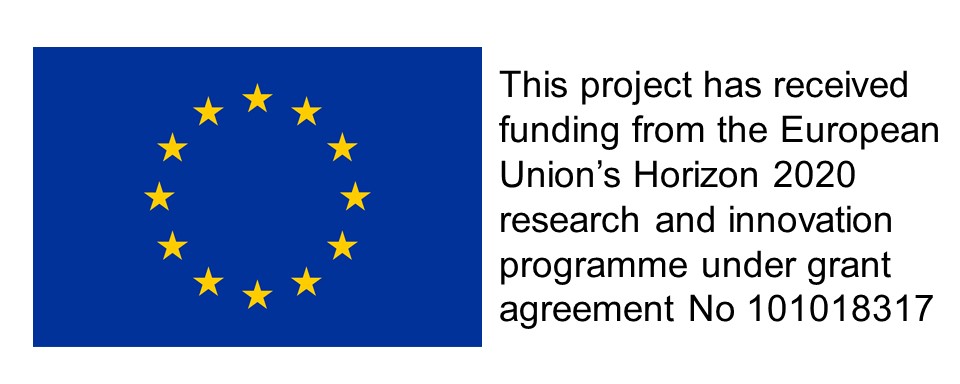Description
The roles of climate and true seasonal signatures in the epidemiology of emergent pathogens, and that of SARS-CoV-2 in par- ticular, remain poorly understood. With a statistical method designed to detect transitory associations, we show, for COVID-19 cases, strong consistent negative effects of both temperature and absolute humidity at large spatial scales. At finer spatial resolutions, we substantiate these connections during the seasonal rise and fall of COVID-19. Strong disease responses are identified in the first two waves, suggesting clear ranges for temperature and absolute humidity that are similar to those for- merly described for seasonal influenza. For COVID-19, in all studied regions and pandemic waves, a process-based model that incorporates a temperature-dependent transmission rate outperforms baseline formulations with no driver or a sinusoidal sea- sonality. Our results, so far, classify COVID-19 as a seasonal low-temperature infection and suggest an important contribution of the airborne pathway in the transmission of SARS-CoV-2, with implications for the control measures we discuss.
Publication
Contact info
Climate and Health (CLIMA) Program, Barcelona Institute for Global Health (ISGlobal), Barcelona, Catalonia, Spain





